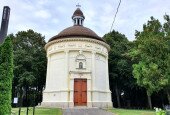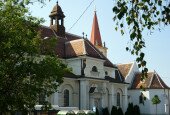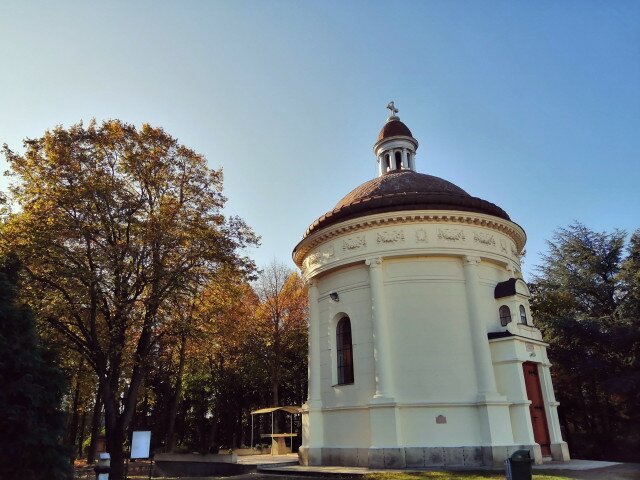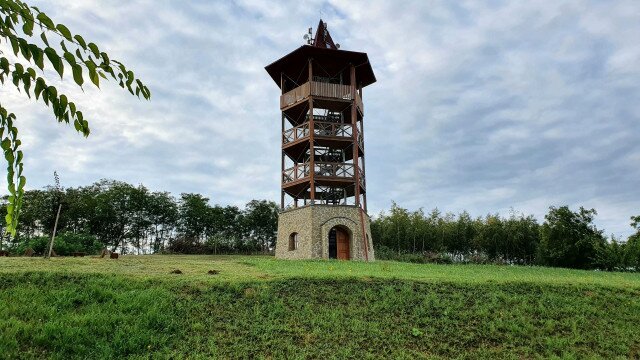Fertőszentmiklós
The town was already inhabited from around 3500 to 2500 BC, and the armies of the Roman Empire were here as well. It was first mentioned in a document as Terra Neweg in 1228. Fishermen were resettled here to replace the almost extinct population at the time of the Mongol invasion. Their patron saint was Saint Nicholas, this was the reason of naming the parish and later the village itself after him. In 1535 it became the property of the most powerful landlord of West Hungary, Tamás Nádasdy, and in 1719 the Esterházy family. The town was ravaged by the Ottoman Turks in
Attractions:
Roman Catholic Church: The side walls of the old church were originally built in Gothic style in the 13th century. In 1683 the Turkish army marching to occupy Vienna burnt down the church, which was rebuilt around
At the top of the church tower the cross was embedded in a cannonball. The thirty-centimetre-diameter iron sphere was of Turkish origin, legend has it that it took the leg of a local knight, and when he was carried home, the cannonball was also placed on the horse cart.
Shrine of Szered: During a huge storm, a lightning struck the statue and its pillar burst into pieces and fell on the statue. While clearing the ruins, the believers saw that the statue was completely undamaged. The news of this event spread and in the 15th century it became a place of pilgrimage.
Lookout Tower: Next to the cemetery, on Agghegy Street you can find the lookout tower of the town, which opened in
Meidl Airport: The airport opened in 1997 and ever since than it has been open to international traffic. The airport offers sightseeing flights, taxi flights, parachute, and pilot training opportunities.
Bezerédj mansion: The mansion of the Bezerédj family can be seen at the Fertőd junction. István Bezerédj, a prominent politician and orator of the Reform Age, the "Hungarian Demosthenes” was born in this mansion. He lived here with his first wife, Amalia Bezerédj, who was a promoter of setting up kindergartens in Hungary, and also a pioneer of children's literature. The building is currently the office building of an industrial business site.
Another famous native of the village is Pál Nagy Felsőbüki, a Reform Age politician. As a result of his speech, István Széchenyi offered the one-year income of his estate to the Hungarian Academy of Sciences at the 1825 Parliament.






